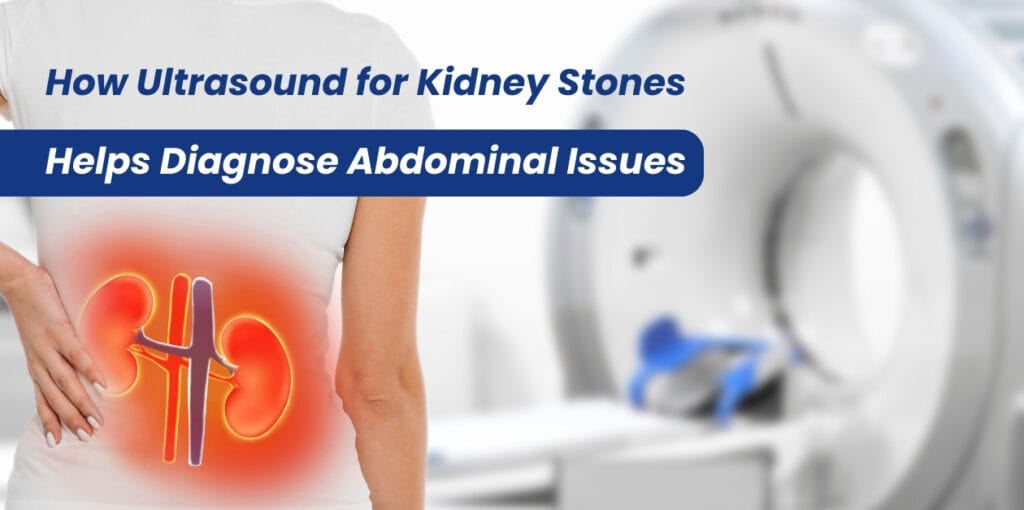How Ultrasound for Kidney Stones Helps Diagnose Abdominal Issues

When it comes to abdominal issues, timely and accurate diagnosis is crucial. One of the most effective non-invasive tools available is an ultrasound, particularly useful for diagnosing conditions like kidney stones. This imaging technique uses sound waves to create detailed images of the internal organs, allowing healthcare providers to identify potential problems without the need for invasive procedures.
What is an Ultrasound?
An ultrasound is a medical imaging technique that employs high-frequency sound waves to generate images of structures within the body. During the procedure, a small device called a transducer emits sound waves, which bounce off organs and tissues, creating echoes. These echoes are then captured and transformed into real-time images displayed on a monitor.
Ultrasound is particularly valuable for abdominal imaging due to its ability to provide clear visuals of organs such as the kidneys, liver, and gallbladder. Unlike X-rays or CT scans, ultrasounds do not involve ionizing radiation, making them a safer option, especially for pregnant patients and children.
Common Abdominal Issues Diagnosed with Ultrasound
Ultrasounds are instrumental in diagnosing a variety of abdominal conditions, with kidney stones being one of the most common. Kidney stones, solid masses made of crystals, can cause severe pain and complications if not detected early. Symptoms often include:
- Intense pain in the back or side
- Blood in urine
- Frequent urination
- Nausea and vomiting
In addition to kidney stones, ultrasounds can also diagnose other abdominal issues such as gallstones, liver diseases, appendicitis, and abdominal masses. The ability to visualize these organs helps doctors make informed decisions about further testing or treatment.
Benefits of Using Ultrasound for Kidney Stones
There are several advantages to using ultrasound for diagnosing kidney stones:
- Non-invasive Procedure: Ultrasound does not require any incisions or invasive techniques, reducing the risk of complications.
- No Radiation Exposure: Unlike X-rays or CT scans, ultrasound does not expose patients to harmful radiation, making it a safer choice for frequent monitoring.
- Quick and Convenient: Ultrasound examinations typically take about 30 minutes, providing results that can aid in immediate decision-making regarding treatment.
- Cost-effective: Ultrasounds are generally more affordable compared to other imaging modalities, which can make healthcare more accessible for patients.
The Diagnostic Process: What to Expect
If you suspect kidney stones and are referred for an ultrasound, here’s what you can expect:
- Preparation: Depending on the area being examined, you may need to fast for several hours before the test. It’s essential to follow your healthcare provider’s instructions.
- During the Procedure: You’ll lie down on an examination table, and a gel will be applied to the skin to enhance sound wave transmission. The technician will move the transducer over your abdomen to capture images.
- Interpreting Results: After the ultrasound, a radiologist will analyze the images and send a report to your healthcare provider. They will discuss the findings with you and recommend further steps based on the diagnosis.
Conclusion
Ultrasound is a powerful tool in diagnosing abdominal issues like kidney stones, offering a safe, non-invasive, and effective way to visualize internal structures. If you experience symptoms related to kidney stones or any other abdominal issues, don’t hesitate to consult your healthcare provider. Early diagnosis and intervention can significantly impact your health and well-being.
